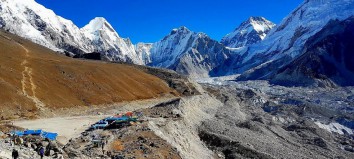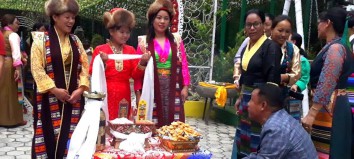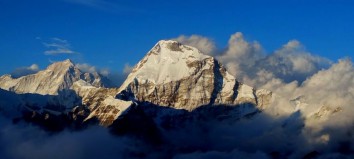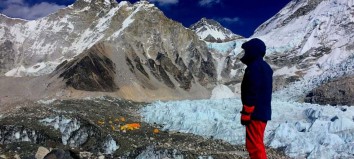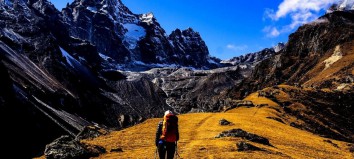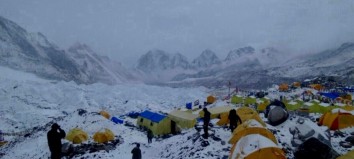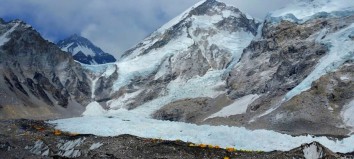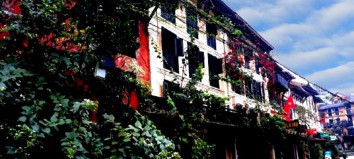Attractions in Changunarayan
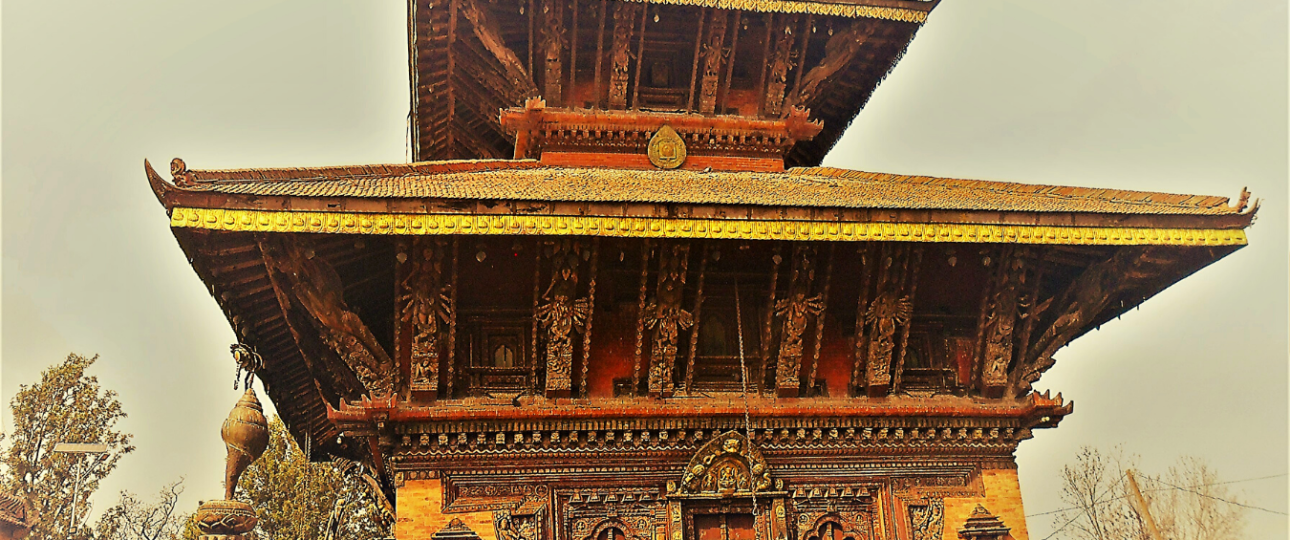
Changunarayan Temple:
According to legend: in a fight with a demon king, Chanda killed a Brahmin named Sumati. Guru Shankaracharya, the Brahmin teacher became angry with Vishnu and swore that he would be skimmed by a Brahmin in the future. After this event, Vishnu lived on a tree in the forest and paid the penalty. This temple of Changunarayan is located in the same place. This is the oldest temple in Nepal. This temple, which is the same as the other temples in Nepal, also stands under the World Heritage Protection.
According to legend, the story goes like this:
A Gwala, or cow herder, had brought a cow from a Brahmin named Sudarshan in the earlier period. The cow was very well for producing milk. The cow was taken to Changu for grazing by the Gwala. Changu was a Champak tree forest during the time. The cow would regularly head to the shade of a specific tree while grazing, and a boy always come there and sip the cow’s milk. When the Gwala returned home in the evening and tried milking the cow, he only collected a tiny low amount of milk. This went on for some days. He became unhappy and contacted the Brahmin, claiming that the cow wasn’t producing enough milk. Sudarshan agreed with the Gwala after seeing it together with his own eyes.
They monitored the cow’s daytime activities when she was grazing in the woodland the next day. Both Brahmin and Gwala hid behind a tree. A young black boy emerged from the tree and began drinking the cow milk, much to their amazement. The two guys were enraged because they assumed the boy was the devil and that the tree was its residence. As a result, the Brahmin uprooted the champak tree. Fresh human blood flowed out of the tree as he hacked it down. Both Brahmin and Gwala became scared and began to cry, feeling they had done a major crime. Lord Vishnu appeared from the tree and told the Brahmin and Cowherd that they were not to blame.
Vishnu described how he had unwittingly killed Sudarshan’s father while hunting within the forest, committing a horrific crime. He then traversed the globe on his mount, ‘Garuda,’ cursed for the deed, until descending on the Hill at Changu. He lived in obscurity there, looking forward to milk stolen from a cow. Vishnu was slaughtered when Brahmin cut down the tree, which absolved Lord Vishnu of his sins. Brahmin and Gwala resolved to worship the place after hearing Vishnu’s teachings and built a small shrine giving the name of Lord Vishnu. Since then, the place has been respected.
Sudarshan’s descendent continues to be a temple priest, and therefore the Gwala’s descendants are referred to as Ghutiyars (conservators). There’s also another legend. Pranjal was a strong warrior who lived around 400 years ago. Pranjal is still alive. He was the foremost powerful person within the country. Changu, a widely known warrior throughout Nepal, challenged Pranjal. Changu conquered him and earned the hearts of the Nepalese people, therefore this temple was built as a memorial to him.
Statues Mall King and Queen:
The temple was renovated by King Bhupatindra Malla in the 17th century and built his own portrait with his queen, Bhuvanlaxmi.
Chanda Narayan (Garuda Narayan):
This is a 7th-century art. This statue dates from the Lichhavi period. The Lichhavi period was also the heyday for stonemasonry in Nepal. On the sculpture vaikunthanathas, from the 12th or 13th century, which shows Bishnu in Garuda. if you see a ten-rupee note correctly, you will also see this picture printed on the note.
Chhinnamasta:
This temple is dedicated to the Chhinnamasta of the Shakti cult. According to legend, Chhinna Masta skimmed himself and sacrificed her blood to the hungry Dakini and Varini and later became very famous as Chhinnamasta. Translated literarily, the Name Chinnamasta means “the skimmed”.
Vishnu Vikrant:
This is the portrait of Trivikram Vishnu from the 7th century. It represents the scene of the popular myth of Vishnu and his beloved Bali.
